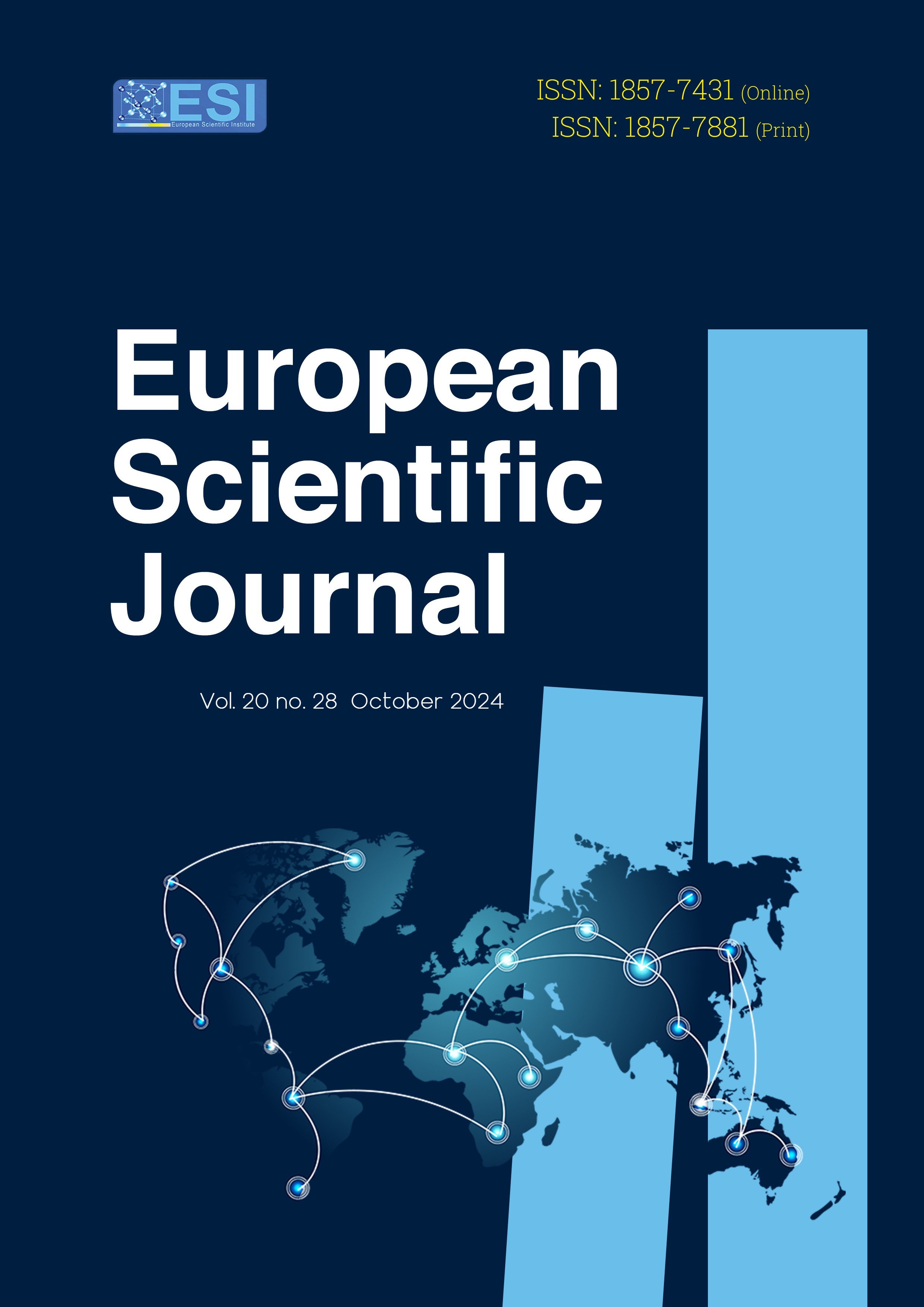Fife Years After Reform: Assessing the Adequacy of the Pension System in Georgia and EU Countries
Abstract
Due to demographic changes and increasing life expectancy, more people retire than are added to the workforce. This is the main reason why, in recent decades, there has been a wave of pension system reforms with the primary objective of improving their financial sustainability. However, several actions implemented as part of these reforms negatively affect the adequacy of pension systems because they involve a decrease in the replacement rate. Hence, balancing the goals of sustainability and adequacy poses a primary challenge for pension policymakers in the upcoming years. This paper aims to determine pension systems’ adequacy in Georgia and EU countries based on the Open Method of Coordination (OMC) indicators. OMC evaluates pension systems in terms of three main objectives: adequacy, sustainability, and modernization of pensions. Our methodology is based on multivariate statistical analysis and employs synthetic indicators for adequacy objectives for 2010, 2015, 2018, and 2023. The results of our study show an adverse change in pension system adequacy indicators from 2010 to 2023 in most European countries, including Georgia.
Downloads
Metrics
PlumX Statistics
References
2. Amaglobeli, H. Chai, E. Dabla-Norris, K. Dybczak, M. Soto, A. F. Tieman (2019). IMF SDN/19/01, The Future of Saving: The Role of Pension System Design in an Aging World, pp 5-6 https://www.imf.org/en/Publications/Staff-Discussion-Notes/Issues/2019/01/09/The-Future-of-Saving-The-Role-of-Pension-System-Design-in-an-Aging-World-45138
3. Ayede, Y. (2010). Generational selfishness and social security: A time-inconsistency problem in parametric reforms of PAYG. Journal of Economic Policy Reform, 13(2), 179–190.
4. Babajanian, B. V. (2010). Social protection in Asia: The latest thinking and policy contours. Enhancing social protection in Asia and the Pacific. Edited by. W. Handayani. The Proceeding of the regional workshop. Asian Development Bank. Manila.
5. Baulch, B., Wood, A., & Wood, J. (2008). Social Protection Index for Committed Poverty Reduction Volume 2 Asia. Asian Development Bank. Manila.
6. Borella, M., & Fornero, E. (2009). Adequacy of European pension systems: An analysis based on comprehensive replacement rates. ENEPRI Research Report No. 68. http://aei.pitt.edu/10967/1/1837
7. Bouzahzah, M., de la Croix, D., and Docquier, F. (2002). Policy reforms and growth in computational OLG economies. Journal of Economic Dynamics and Control, 26: 2093–2113.Google Scholar
8. Breyer, F., & Kolmar, M. (2002). Are national pension systems efficient if labor is perfectly mobile? Journal of Public Economics, 83(3), 347–374.
9. Buyse T., Heylen F., Van De Kerckhove R. (2017). Pension reform in an OLG model with heterogeneous abilities. Journal of Pension Economics and Finance. 16(2):144–172. doi:10.1017/S1474747215000281
10. Capital market development strategy (2023) https://www.economy.ge/uploads/files/2017/reformebi/kapitalisbazris_strategia/2023/cmds_sakartvelos_kapitalis_bazrebis_ganvitarebis_strategia_2023_2028.pdf
11. Chybalski F. (2014). Financial stability of pension systems: A cross country analysis. In D. Stavarek & P. Vodova (Eds.), Proceedings of the 14th international conference on finance and banking (pp. 150–158). Karvina: Silesian University.
12. Chybalski F. (2016) . The Multidimensional Efficiency of Pension System: Definition and Measurement in Cross-Country Studies; Social Indicators Research: An International and Interdisciplinary Journal for Quality-of-Life Measurement, Springer, vol. 128(1), pages 15-34, August.
13. Clark, R. (2012). Evolution of public-sector retirement plans: Crisis, challenges, and change. The Labor Lawyer, 27 (2), 257–273. American Bar Association
14. Danzer, A. M., Disney, R., Dolton, P., & Rosazza Bondibene,C. (2016). The Future of Pensions: Reforms and TheirConsequences—Introduction. National InstituteEconomic Review, 237, R1–R5. https://doi.org/10.1177/002795011623700110
15. De Santis, G. (2021). Clash of the Titans: NDC vs. IPAYG (pay-as-you-go system. In B. Arpino (Ed.), Care, Retirement & wellbeing of older people across different welfare regimes. Paris: N-IUSSP and Neodemo.Diamond, P. Pensions, taxes, and the budgetary process. (2012). The American Economist, 57(2), 146–153.Sage Publications, Inc. https://doi.org/10.1177/056943451205700201
16. European Commission. (2009). Portfolio of indicators for the monitoring of the European strategy for social protection and social inclusion–2009 update. Employment, Social Affairs, and Equal Opportunities DG.
17. European Commission. (2018). Country fiches on pension projections various issues. https://ec. Europa. eu/info/topics/economy-finance-and-euro
18. Eurostat. Database. https://ec.europa.eu/eurostat/data/database
19. Ghaniashvili, M., (2020). Assessing the Adequacy of Pension Systems in Georgia and Europe. Globalization and Business, p. 10. 198-203. https://doi.org/10.35945/gb.2020.10.025
20. Hansen, C., & Lonstrup, L. (2009). The optimal legal retirement age in the OLG model with endogenous labor supply. Discussion papers on business and economics no. 5/2009
21. Hurd M.D., Rohwedder S. (2008). ‘The Adequacy of Economic Resources in Retirement’, MRRC- Working Paper No. 2008-184.
22. Mertl, J., Mihola, J., & Valencik, R. (2019). Incentiveextension of pay-as-you-go pension system. Journalof International Studies, 12, 195–213. https://doi.org/10.14254/2071-8330.2019/12-4/13
23. Wang, L. (2021). Fertility, Imperfect Labor Market, andNotional Defined Contribution Pension. The Journal of the Economics of Ageing, p. 20, 100344. https://doi.org/10.1016/j.jeoa.2021.100344
24. Wrede, M. (1998). Pareto efficiency of the pay-as-you-go pension system in a three-period-OLG model. BERG working paper series 27, University of Bamberg.
Copyright (c) 2024 Emzar Jgerenaia, Maka Ghaniashvili

This work is licensed under a Creative Commons Attribution 4.0 International License.








